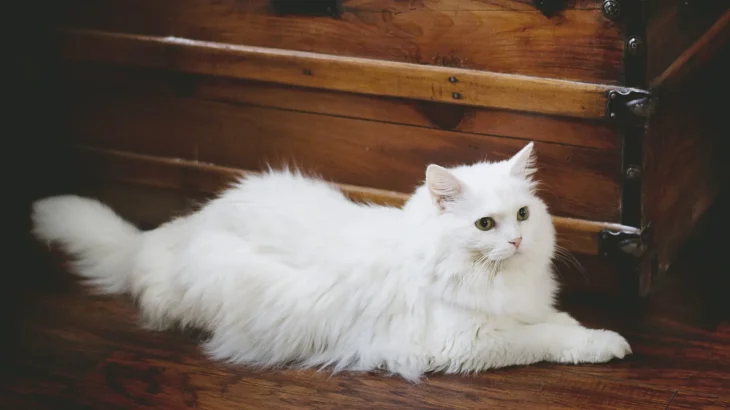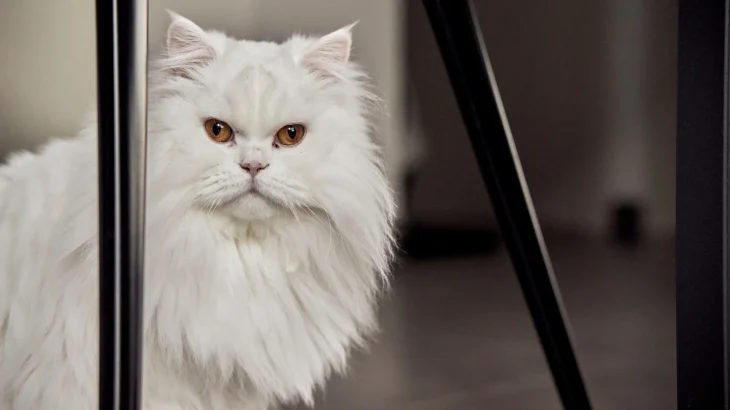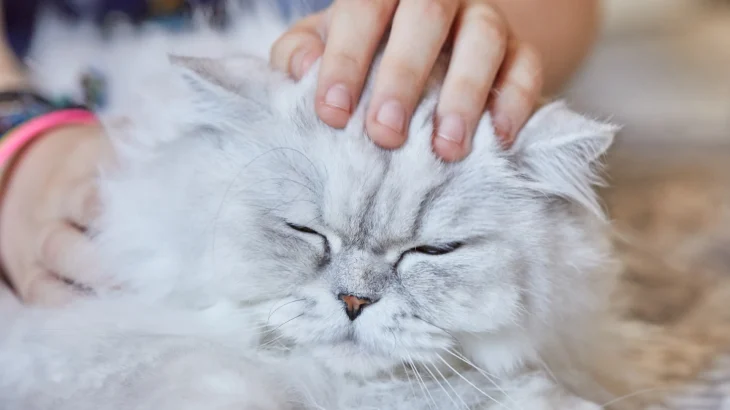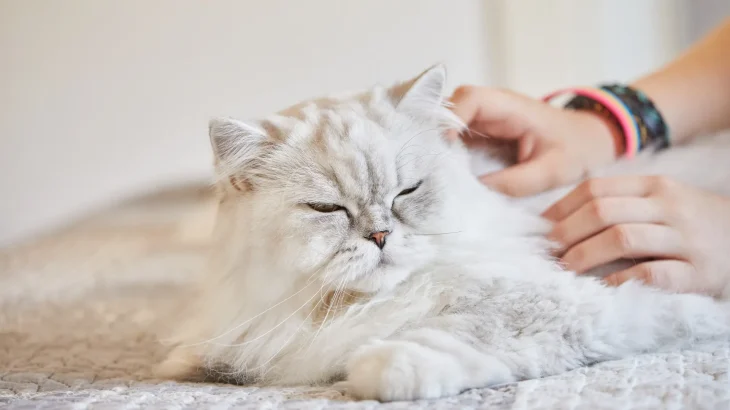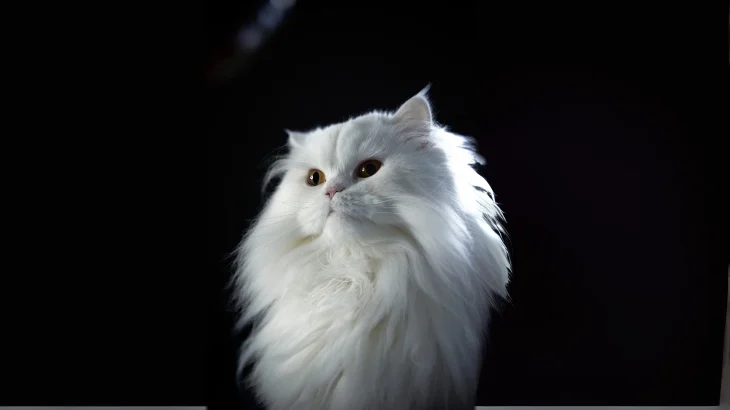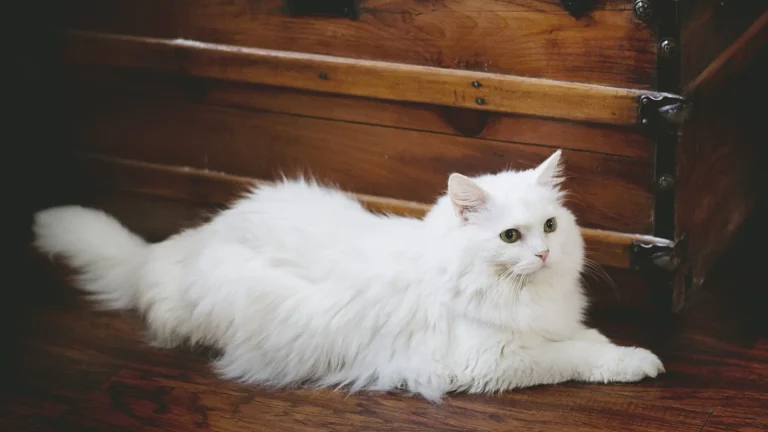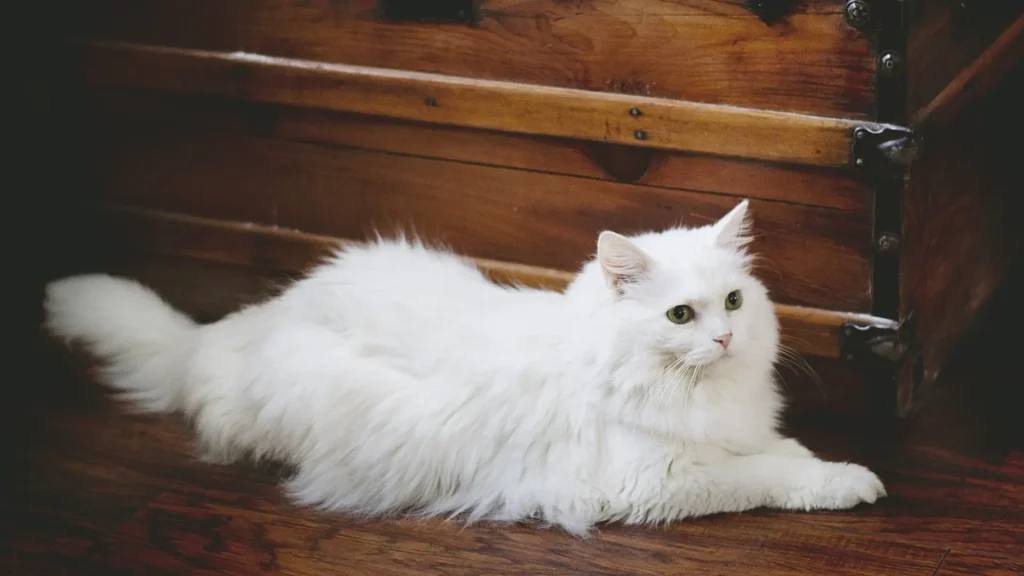Deciding whether to adopt or purchase a Burmilla Longhair kitten depends on your priorities about cost, health transparency, and ethics. Buying from a breeder often ensures detailed lineage and health records, while adoption offers a loving home to a cat that might not otherwise have one. Each choice has unique benefits suited to different lifestyles and values.
Here is a comparison of adoption vs. breeder:
| Criteria | Buying from Breeder | Adopting from Shelter/Rescue |
|---|---|---|
| Cost | Higher upfront cost, often several hundred to a few thousand dollars. | Lower fees, usually $50 to a few hundred, often covering initial medical care. |
| Health History | Comprehensive health checks, genetic history, and vaccination records. | Basic health checks; detailed history may be limited or unknown. |
| Age Availability | Primarily kittens, letting owners raise from early age. | Various ages available; kittens, adults, and seniors. |
| Temperament Insight | Breeders often share traits linked to lineage. | Behavior assessments available; background less predictable. |
| Supporting Practices | Supports ethical breeding programs focused on breed standards. | Helps animal welfare and reduces shelter populations. |
| Ethical Considerations | Ensure breeder prioritizes health and ethics to avoid poor practices. | Provides homes for cats in need, matching rescue ethics. |

